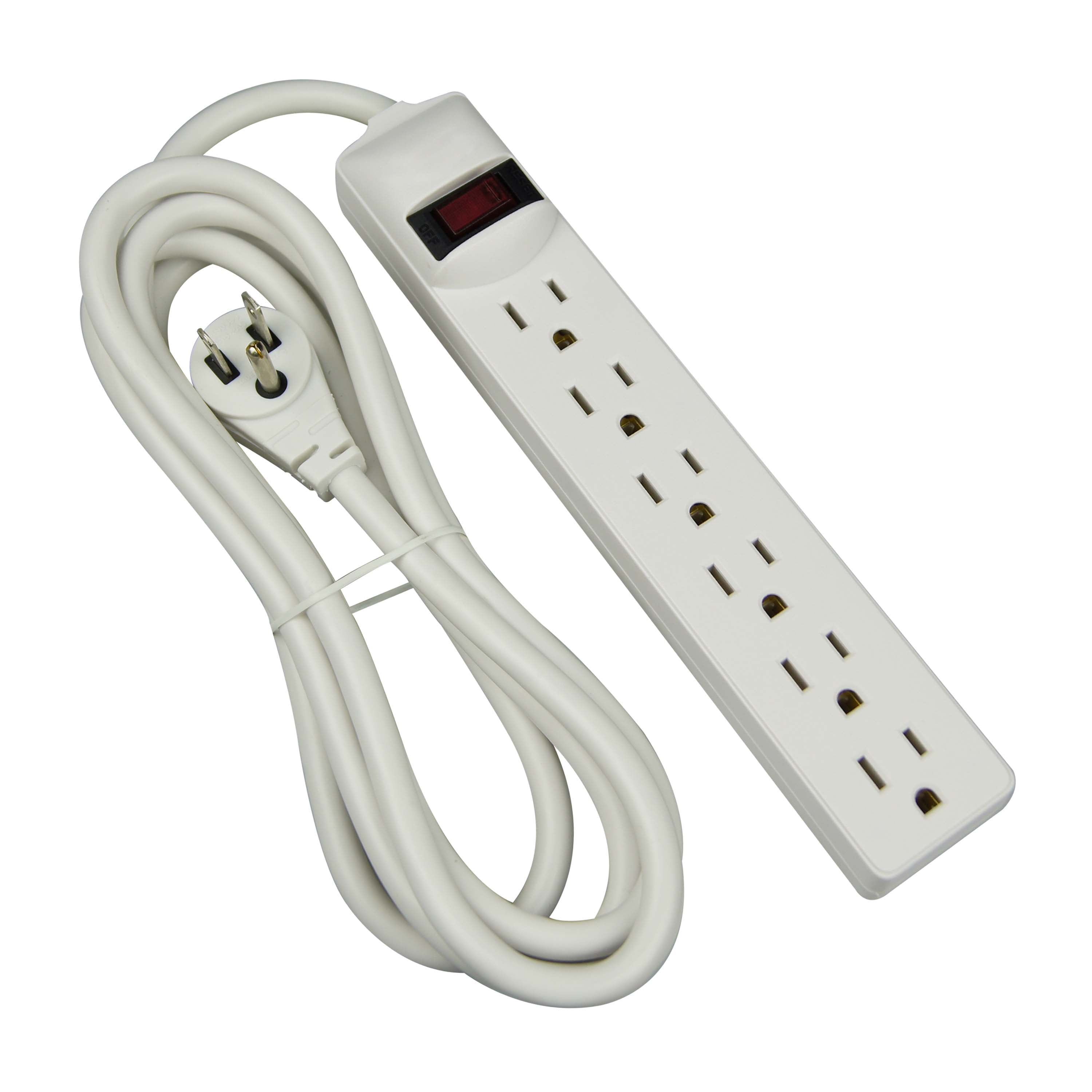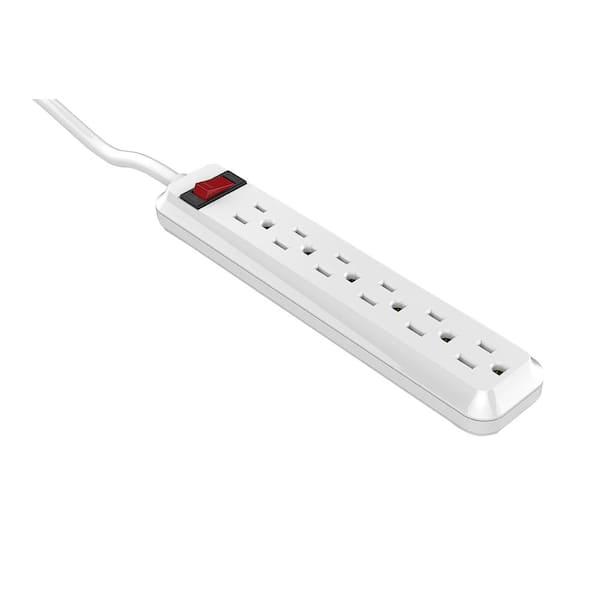Power Strip With 90 Degree Plug

The unassuming power strip, a ubiquitous fixture in homes and offices worldwide, has quietly become the center of a subtle but significant design debate. At issue is a seemingly minor detail: the orientation of its plug. Specifically, the 90-degree plug, also known as a right-angle plug, is generating considerable buzz among consumers, electricians, and safety experts.
While seemingly a simple variation, the 90-degree plug offers distinct advantages in space-constrained environments, but also raises concerns about compatibility, stress on electrical wiring, and potential safety hazards. This article delves into the nuances of the 90-degree plug power strip, examining its benefits, drawbacks, safety considerations, and future implications.
The Allure of the Right Angle
The primary driver behind the popularity of 90-degree plug power strips is their space-saving design. Unlike traditional straight plugs that protrude directly from the wall, the right-angle configuration allows the cord to run flush against the wall.
This feature is particularly beneficial in tight spaces behind furniture, appliances, or in overcrowded electrical outlets, as noted by numerous product reviews and consumer testimonials on platforms like Amazon and Reddit.
According to data from a 2023 survey conducted by the Consumer Electronics Association (CEA), 67% of consumers cited space-saving as the primary reason for purchasing a power strip with a 90-degree plug.
Enhanced Cord Management
Beyond space-saving, the 90-degree plug often facilitates better cord management. By directing the cord downwards or sideways, it can help prevent kinking, tangling, and potential tripping hazards.
"It’s a small detail, but it makes a huge difference in keeping my workstation tidy and preventing accidental unplugging," commented Sarah Miller, a freelance graphic designer, in an online forum dedicated to home office ergonomics.
Several manufacturers, like Belkin and APC, highlight this benefit in their marketing materials, showcasing images of neatly organized spaces thanks to the right-angle design.
Potential Drawbacks and Safety Concerns
Despite the advantages, 90-degree plug power strips are not without their potential drawbacks. One key concern revolves around the potential for increased stress on the electrical wiring within the plug and the outlet.
A sharp bend in the cord immediately behind the plug can, over time, cause the wires to weaken or even break, especially if the cord is subjected to frequent movement or strain. This can lead to overheating and, in extreme cases, electrical fires.
According to a 2022 report by the Electrical Safety Foundation International (ESFI), improper cord management is a contributing factor in a significant number of residential electrical fires each year.
Compatibility Issues
Another challenge is compatibility. While 90-degree plugs work well in many standard outlets, they can sometimes interfere with adjacent plugs, especially in crowded power strips or wall outlets.
This is particularly true if the outlet is recessed or if the neighboring device has a bulky adapter. Consumers frequently report this issue in online reviews, noting the frustration of not being able to utilize all the available outlets.
"I bought a power strip with a 90-degree plug, thinking it would solve my space issues, but it actually blocked two of the other outlets," wrote one disgruntled customer on Amazon.
UL Listing and Safety Standards
The Underwriters Laboratories (UL), a globally recognized safety certification organization, sets standards for power strips and their components, including plugs. A UL listing indicates that the product has been tested and meets specific safety requirements.
Consumers should always look for the UL mark when purchasing any electrical product, including power strips with 90-degree plugs. This ensures that the product has undergone rigorous testing and is considered safe for its intended use.
However, even with a UL listing, it is crucial to use the power strip correctly and avoid overloading it. Overloading can lead to overheating and potential fire hazards, regardless of the plug type.
Expert Opinions and Recommendations
Electricians and safety experts offer mixed opinions on 90-degree plug power strips. While acknowledging their space-saving benefits, they emphasize the importance of proper usage and caution against potential risks.
"If you're going to use a power strip with a 90-degree plug, make sure the cord is not bent sharply and that it’s not subjected to constant strain," advises Michael Davis, a licensed electrician with over 20 years of experience.
He also recommends periodically inspecting the cord and plug for any signs of damage, such as cracks, fraying, or discoloration. If any damage is detected, the power strip should be replaced immediately.
"The key is to use them responsibly and be aware of the potential risks," Davis stated in a recent interview.
Some experts also suggest considering alternative solutions, such as surge protectors with integrated cord management features, as a safer and more reliable option.
The Future of Power Strip Design
The debate surrounding 90-degree plug power strips highlights the ongoing need for innovation and improvement in electrical product design. Manufacturers are exploring new materials, designs, and technologies to enhance safety, functionality, and user experience.
One promising area is the development of more durable and flexible cords that are less prone to damage from bending and strain. Another is the incorporation of smart features, such as overload protection and automatic shut-off, to prevent electrical fires.
Ultimately, the future of power strip design will likely involve a combination of improved materials, smarter technology, and enhanced user awareness. As consumers become more informed about the potential risks and benefits of different designs, they will be better equipped to make informed decisions that prioritize safety and convenience.

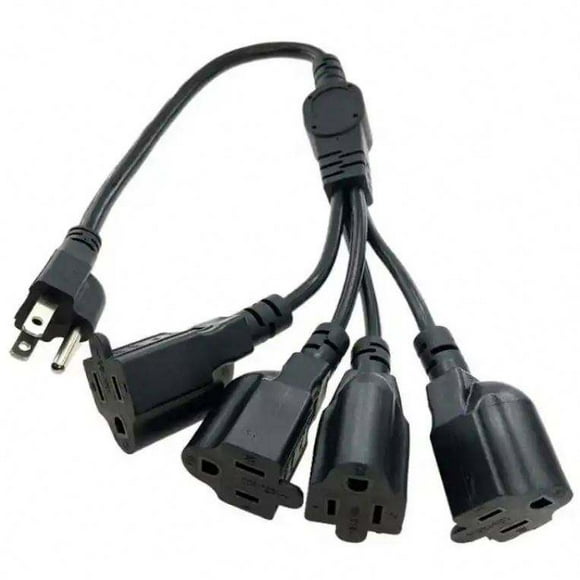

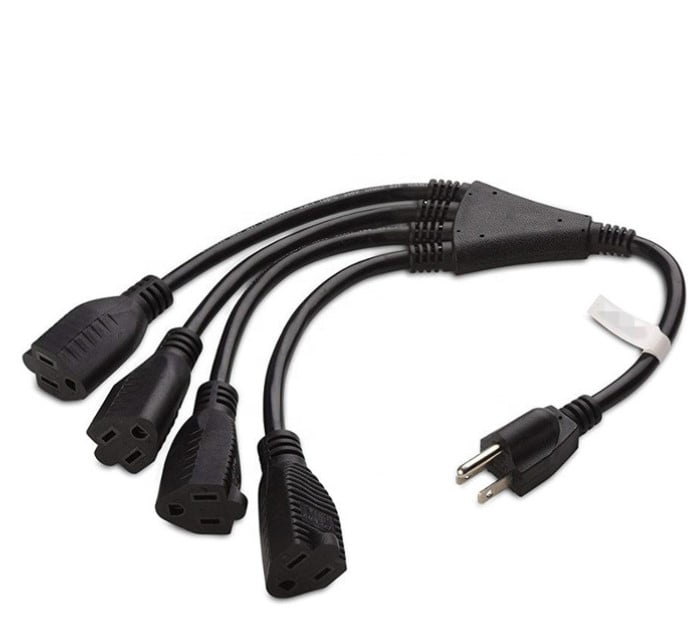


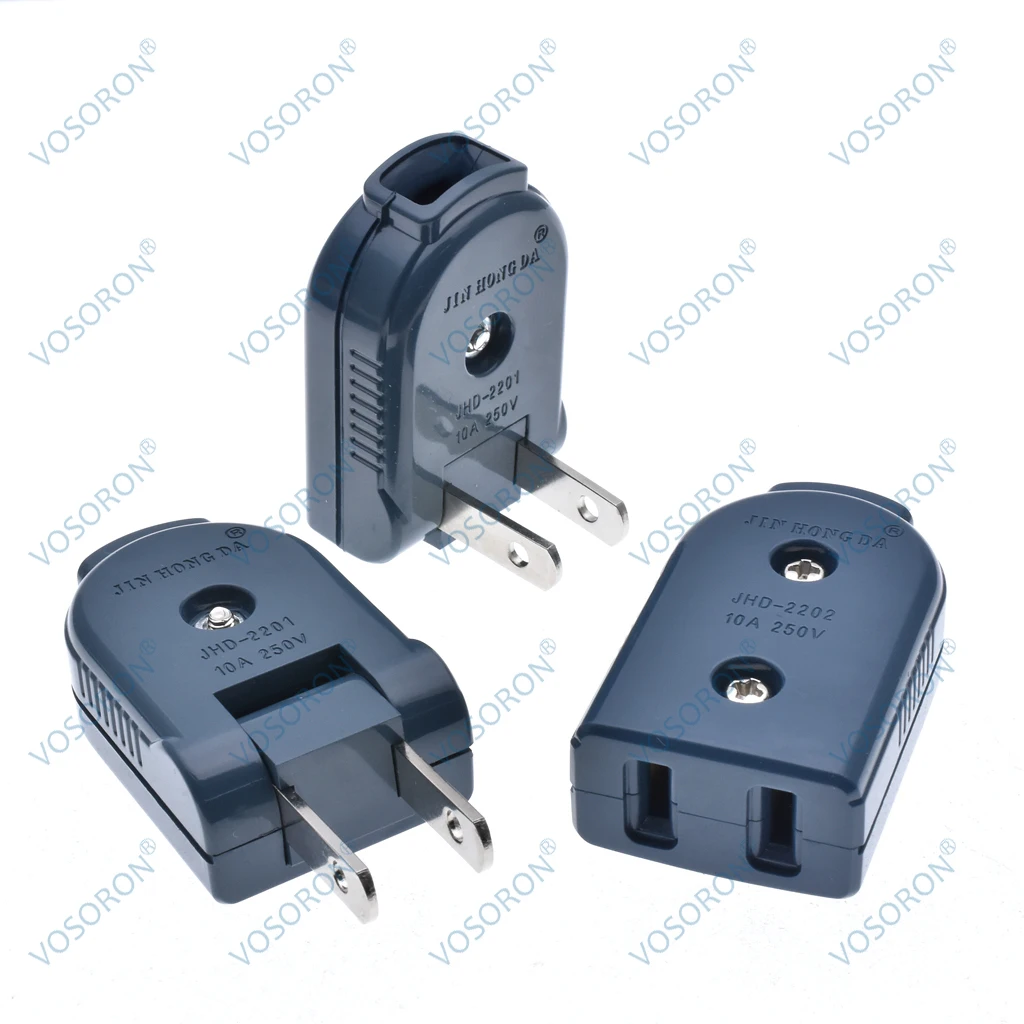



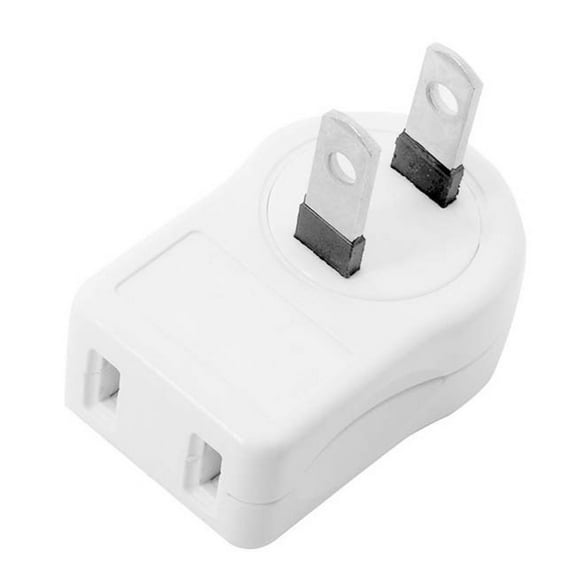
![Power Strip With 90 Degree Plug [2PACK] 90 Degree Computer Power Cord - 3FT Flat Low Profile Ang NEMA 5](https://i5.walmartimages.com/seo/2PACK-90-Degree-Computer-Power-Cord-3FT-Flat-Low-Profile-Ang-NEMA-5-15-Plug-to-IEC-C13-Power-Cord-Universal-PC_baa09e07-c831-4f0e-a196-dfa507182b2b.bf6a4640f78e2df701294726cf8231d2.jpeg)



